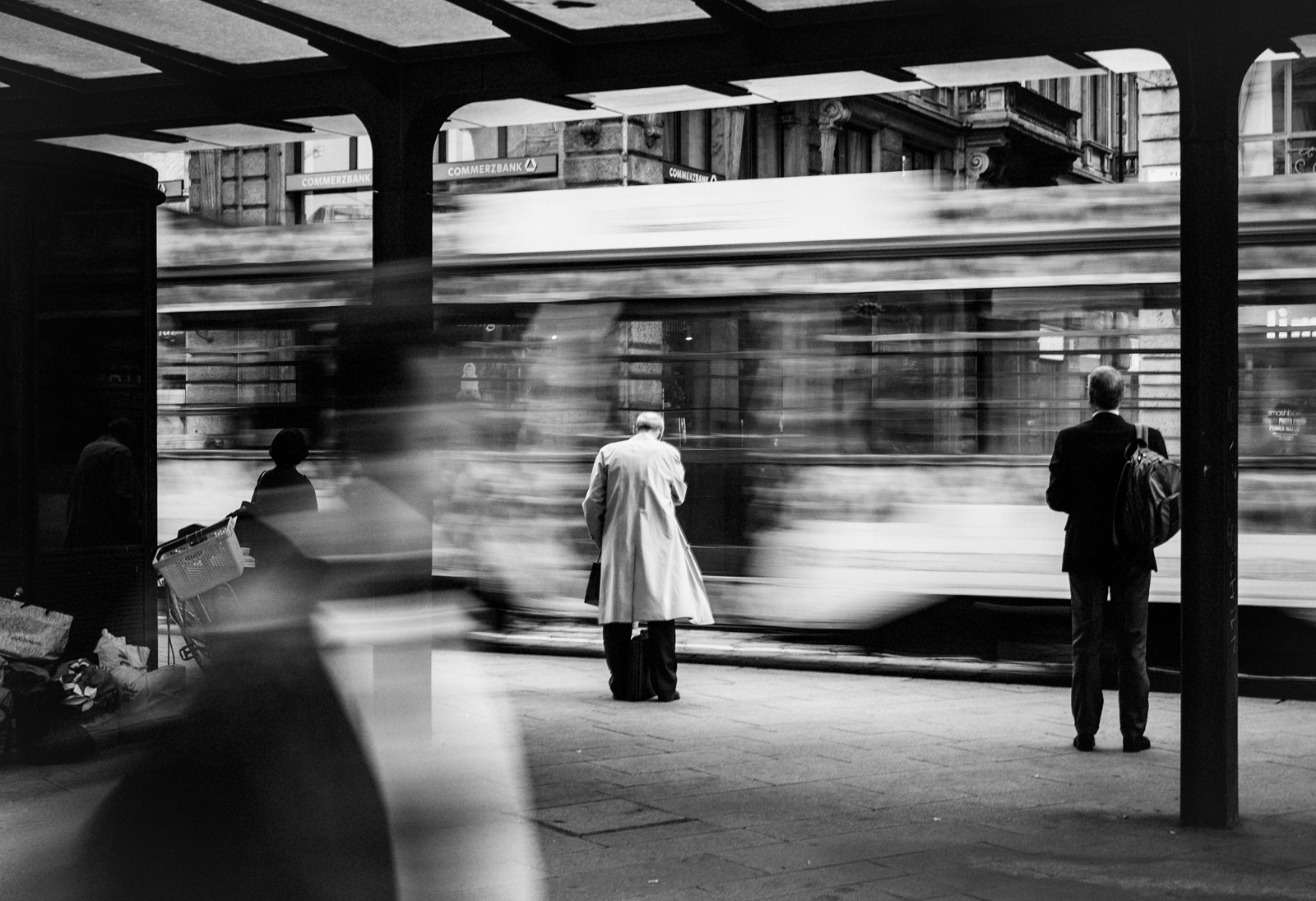Street Photographers Fundamentals Explained
Street Photographers Fundamentals Explained
Blog Article
The Single Strategy To Use For Street Photographers
Table of ContentsThe Buzz on Street PhotographersExcitement About Street PhotographersNot known Facts About Street PhotographersSome Known Factual Statements About Street Photographers Street Photographers - Questions
A genre of photography that documents day-to-day life in a public area. The very publicness of the setting allows the professional photographer to take honest photos of complete strangers, frequently without their understanding. Street photographers do not necessarily have a social objective in mind, but they favor to isolate and catch minutes which could otherwise go undetected (Street Photographers).He was influenced by many of those that influenced the road professional photographers of the 1950s and '60s, he was not primarily interested in capturing the spirit of the road., that functioned side by side with photographers trying to catch the essence of metropolitan life.
While the digital photographers' subject was basically the exact same, the results were considerably different, showing the effect of the photographer's intent on the character of the photos he created.
Offered the great high quality of his photographs and the breadth of product, architects and artists typically got Atget's prints to utilize as reference for their own work, though industrial rate of interests were rarely his main inspiration. Rather, he was driven to photo every last residue of the Paris he enjoyed.
Our Street Photographers Ideas
They reveal the city through his eyes. His work and fundamental understanding of photography as an art type offered as motivation to generations of professional photographers that followed. The following generation of street digital photographers, though they likely did not describe themselves as such, was ushered in by the photojournalism of Hungarian-born professional photographer Andr Kertsz.
Unlike his peers, Brassa used a larger-format Voigtlnder camera with a longer exposure time, compeling him to be a lot more computed and thoughtful in his technique than he might have been if making use of a Leica. (It is believed that he may not have had the ability to manage a Leica during that time, but he did, nevertheless, use one in the late 1950s to take colour photos.) Brassa's photos of the Paris abyss illuminated by synthetic light were a revelation, and the collection of the collection that he published, (1933 ), was a major success.
Cartier-Bresson was a champion of the Leica camera and one of the very first photographers to optimize its abilities. The Leica permitted the photographer to connect with the surroundings and to capture minutes as they happened. Its fairly small size likewise assisted the professional photographer fade right into the background, which was Cartier-Bresson's favored strategy.
Street Photographers - An Overview
It is because of this essential understanding of the art of image taking that he is usually credited with finding the medium around again about a century considering that its invention. He took photos for greater than a half century and affected generations of professional photographers to trust their eye and instinct in the moment.
These are the inquiries I shall attempt to answer: And afterwards I'll leave you with my own definition of road photography. Yes, we do. Allow's kick off with specifying what a meaning is: According to (Street Photographers) it is: "The act of defining, or of making something guaranteed, distinctive, or clear"
No, absolutely not. The term is both restricting and misinforming. Appears like a street digital photography need to be images of a streets best?! And all street photographers, other than for a little number of outright beginners, will fully value that a road is not check that the essential element to street photography, and in fact if it's a photo of a road with perhaps a couple of uninteresting people not doing anything of rate of interest, that's not road digital photography that's a photo of a road.
The 5-Minute Rule for Street Photographers
He makes a valid factor don't you assume? While I concur with him I'm not sure "honest public photography" will certainly capture on (although I do kind of like the term "candid photography") since "street photography" has actually been around for a lengthy time, with several masters' names connected to it, so I think the term is below to stay (Street Photographers).
You can shoot at the beach, at an event, in a street, in a park, in a piazza, in a cafe, at a museum or art gallery, in a metro station, at an occasion, on a bridge, under a bridge ...
Yes, I'm afraid we have no choice! Without guidelines we can not have a definition, and without a meaning we do not have a style, and without a category we do not have anything to define what we do, and so we are stuck in a "regulations meaning category" loop!
A Biased View of Street Photographers

Report this page